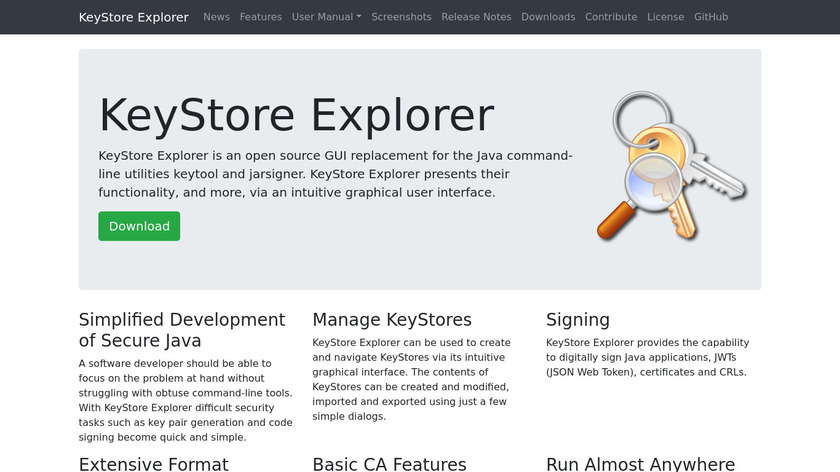

The identity keystore may be prohibited by company policy from ever being put on the corporate network, while the trust keystore can be distributed over the network. However, for identity, you add the certificate and the private key (sensitive data) in the keystore. For example:įor trust, you only need the certificates (non-sensitive data) in the keystore. Although one keystore can be used for both identity and trust, Oracle recommends using separate keystores for both identity and trust because the identity keystore (holding the private key and associated digital certificate) and the trust keystore (trusted CA certificates) may have different security requirements. When you configure SSL, you must decide how identity and trust will be stored. The demonstration digital certificates, private keys, and trusted CA certificates in the DOMAIN_HOME \security, WL_HOME \server\lib, and JAVA_HOME \jre\lib\security directories. The private key and self-signed digital certificate for WebLogic Server that are created by the keytool utility. Private keys and digital certificates issued by a reputable CA, such as Entrust or Symantec Corporation. WebLogic Server supports private keys, digital certificates, and trusted CA certificates from the following sources: Servers need a private key, a digital certificate containing the matching public key, and a certificate of at least one trusted certificate authority (CA). A server certificate can be invalidated if the host name in the digital certificate of the server does not match the URL specified by the client. For example, a digital certificate can be invalidated because it has expired or the digital certificate of the CA used to sign it expired. Web browsers, servers, and other SSL-enabled applications generally accept as genuine any digital certificate that is signed by a trusted CA and is otherwise valid. The trusted CA certificate establishes trust for a certificate.Īn application participating in an SSL connection is authenticated when the other party evaluates and accepts the application's digital certificate. Well-known certificate authorities include Entrust and Symantec Corporation. The data embedded in a digital certificate is verified by a certificate authority (CA) and digitally signed with the CA's digital certificate. A private key and digital certificate provide identity for the server.

The public key is embedded in a digital certificate with additional information describing the owner of the public key, such as name, street address, and e-mail address. The private key is carefully protected so that only the owner can decrypt messages that were encrypted using the public key. Data encrypted with the public key can only be decrypted using the corresponding private key and data encrypted with the private key can only be decrypted using the corresponding public key.

With public key encryption, a public key and a private key are generated for a server. SSL uses public key encryption technology for authentication.

One possible solution to this problem is to convert the file to a base64-encoded string, set an environment variable to that value, and later decode it and restore the file on the CI.Private keys, digital certificates, and trusted certificate authorities establish and verify server identity and trust. One of the challenges with this approach is that the credentials.json file contains a JSON object and it might be difficult to escape it properly, so you could assign it to an environment variable. Using local credentials on builds triggered from CIīefore you start setting up your CI job, make sure you have your credentials.json and eas.json files configured as described above.ĭevelopers tend to provide CI jobs with secrets by using environment variables. If you do not set any option, "credentialsSource" will default to "remote".


 0 kommentar(er)
0 kommentar(er)
